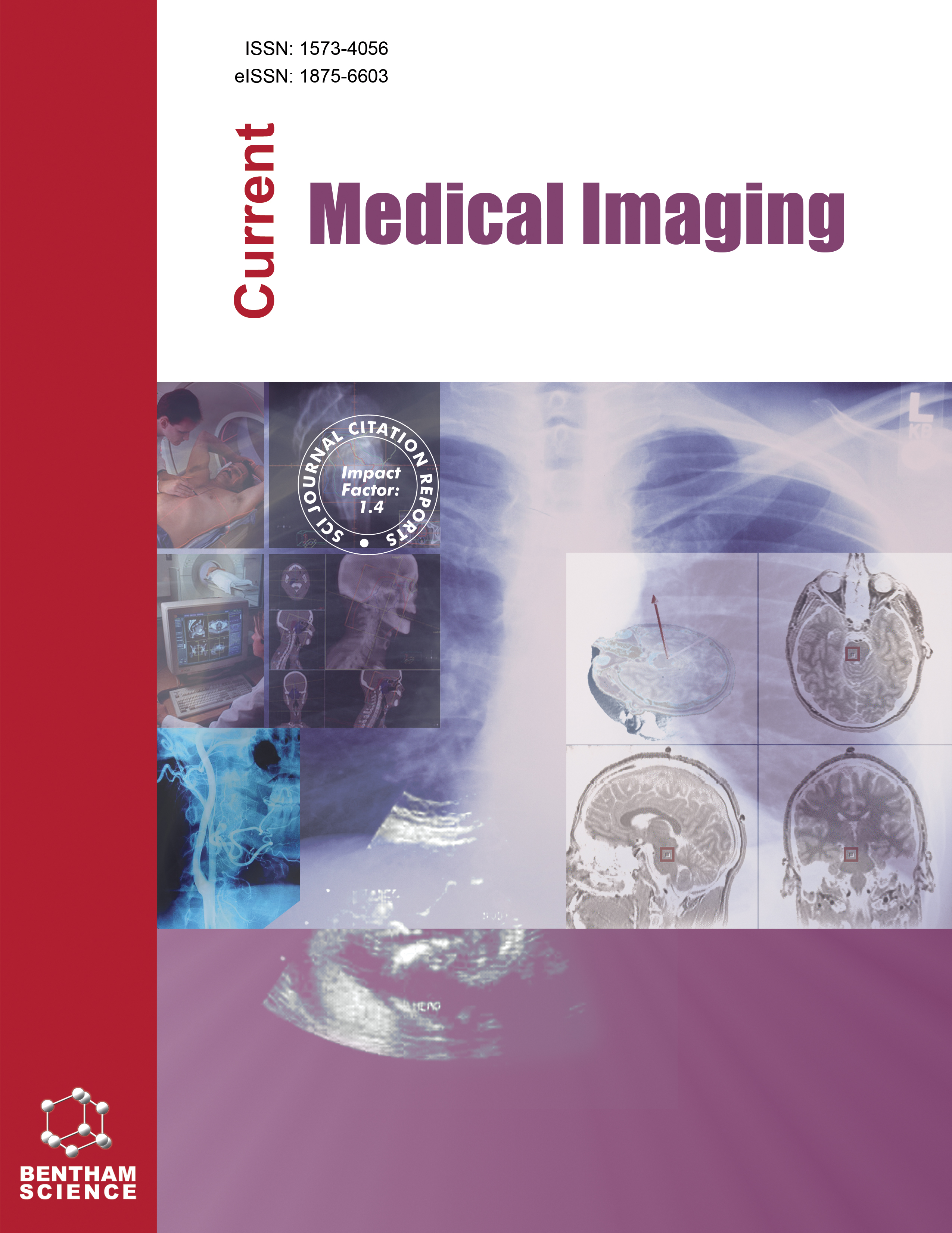-
oa The Relationship between Quantitative Parameters of Dual-energy CT and HIF-1α Expression in Non-Small Cell Lung Cancer
- Source: Current Medical Imaging, Volume 20, Issue 1, Jan 2024, e15734056271811
-
- 14 Jul 2023
- 31 Oct 2023
- 19 Mar 2024
Abstract
This study aimed to investigate whether there is a correlation between quantitative parameters of dual-energy computed tomography (DECT) and the relative expression of HIF-1α in patients with non-small cell lung cancer (NSCLC) to preliminarily explore the value of DECT in evaluating the hypoxia of tumor microenvironment and tumor biological behavior and provide more information for the treatment of NSCLC.
This retrospective research included 36 patients with pathologically confirmed NSCLC who underwent dual-energy enhanced CT scans. The quantitative parameters of DECT were analyzed, including iodine concentration, water concentration, the CT values corresponding to 40keV, 70keV, 100keV, and 130keV in arterial and venous phases, and the normalized iodine concentration and the slope of the energy spectrum curve were calculated. Postoperative specimens underwent HIF immunohistochemical staining by two pathologists. Spearman correlation analysis was adopted as the statistical methodology. The data were analyzed by SPSS26.0 statistical software.
Water concentration (r=0.659, P<0.001 and r= 0.632, P<0.001, the CT values corresponding to 100keV (r=0.645, P<0.001 and r= 0.566, P<0.001) and 130keV (r=0.687, P<0.001 and r= 0.682, P<0.001) in arterial and venous phases, and CT value of 70keV in arterial phase (r=0.457, P=0.005) were positively correlated with HIF-1α expression level. There was no correlation among iodine concentration, standardized iodine concentration, CT value of 40keV, λHU, and HIF-1α expression in arterial and venous levels (P >0.05).
The quantitative parameters of DECT have a certain correlation with HIF-1α expression in NSCLC. Moreover, it has been demonstrated that DECT can be used to predict hypoxia in tumor tissues and the prognosis of lung cancer patients.


